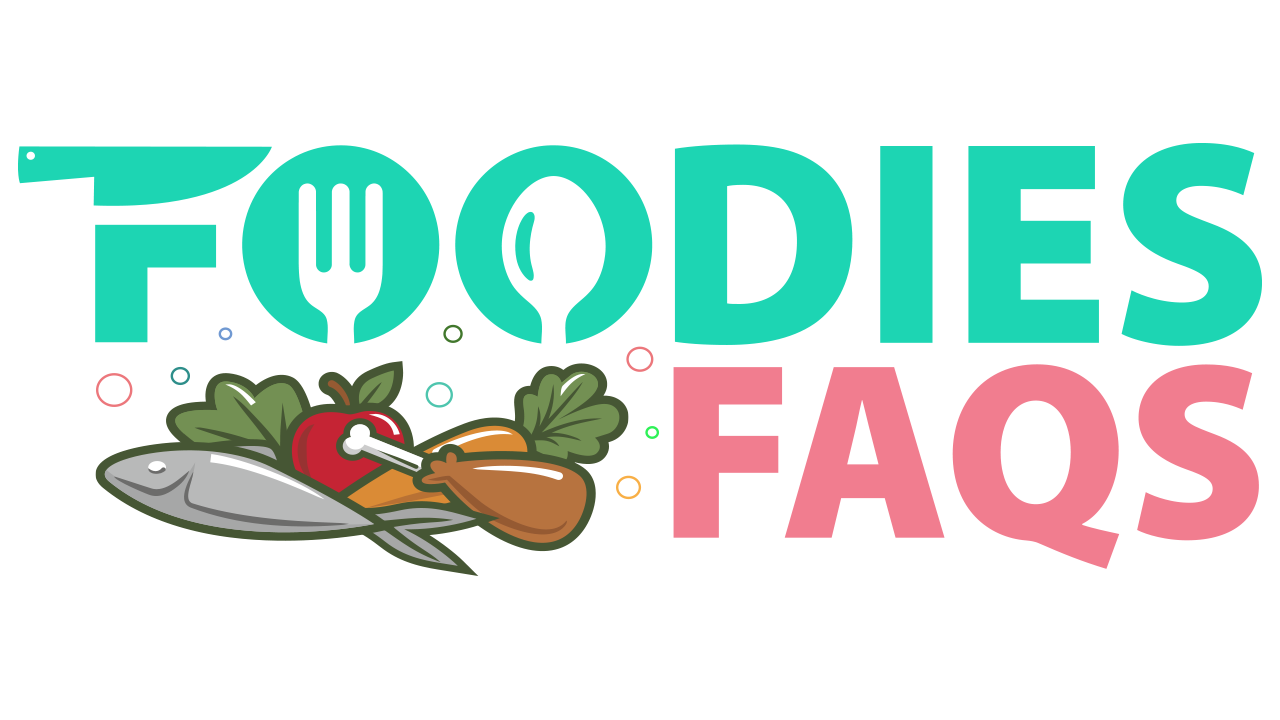Eating an excessive amount of food is harmful to health. You have to control your food habits while on a keto diet. Some people think that keto means eating very few carbs. To some, it means putting too much fat and oil in their food.
Even though fat is encouraged on the keto diet, it is possible to overeat fat. We must consume the necessary fatty acids, we do not have the recommended amount of fat to consume as we do with protein.
Initially, I used to think I could eat as much fat as possible while on a keto diet. But the doctor proved me wrong by providing consequences for it.
Are you interested to know about fat consumption on a ketogenic diet? I can help you to find out the details of “can you eat too much fat on a ketogenic diet.” Please read this article till the end to know more about it.
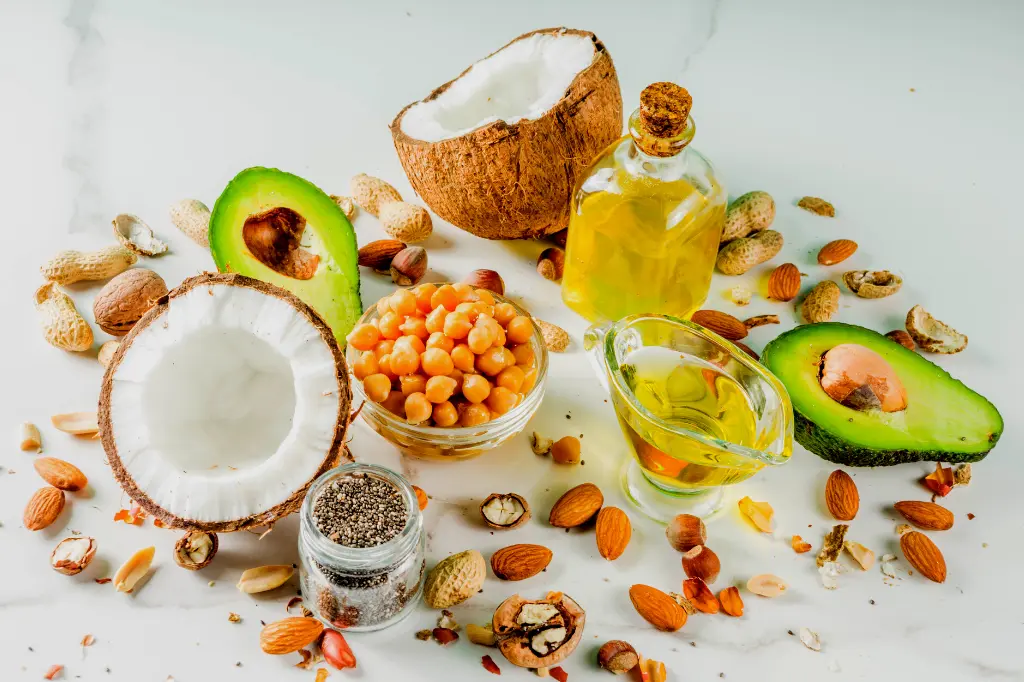
Table of Contents
Fat’s Role In The Ketogenic Diet
Fat consumption throughout the day is an essential part of the ketogenic diet. The ketogenic diet is an eating plan low in carbohydrates and rich in fat. It is a metabolic state in which fat is utilized for energy rather than glucose.
Your body will employ glucose as its primary fuel source if given the option. However, consuming fewer carbohydrates through a ketogenic or low-carb diet decreases your body’s glucose reserve.
As soon as the liver’s glycogen reserves are exhausted, it begins to rely on fat reserves for energy. A ketogenic state is reached when the liver produces ketone bodies from stored fat.
How Much Fat Should You Eat?
According to the study, a diet similar to keto (high-fat, low-carb) may help reduce the risk of inflammation and cardiovascular disease. However, there seems to be some confusion over how much fat is enough while following the ketogenic diet.
In contrast to other low-carb eating forms (such as Atkins or Mediterranean diets), the ketogenic diet does not prioritize protein. A low-calorie diet may cause metabolic and thyroid issues, but getting adequate calories from fat is essential.
Carbohydrates should account for around 5-10% of daily calories, protein for another 20-25%, and fat for the remaining 70-80%.
Adapting Keto To Your Unique Macro Goals
The above percentages are a good starting point, but they won’t be beneficial until you figure out how they apply to your specific needs. The perfect keto macro calculator may help you determine your ideal macronutrient intake based on your BMI, age, and weight.
If you want to know how many grams of fat you take daily, you may use an online calculator (like MyFitnessPal) to do the math. The percentages may be used to calculate the daily requirements for carbs, protein, and fat.
For example, if a person consumes 2000 calories per day, and 70% to 80% of those calories come from fat, they would ingest 144 to 177 grams of fat per day. There may be a need for a higher calorie intake if your body’s energy requirements are high.
Keep An Eye On Your Ketone Levels And Fat Intake
To guarantee ketosis, you should record your daily fat, protein, and carbohydrate consumption. However, checking your ketone levels is more accurate to determine if your body has entered a fat-burning condition.
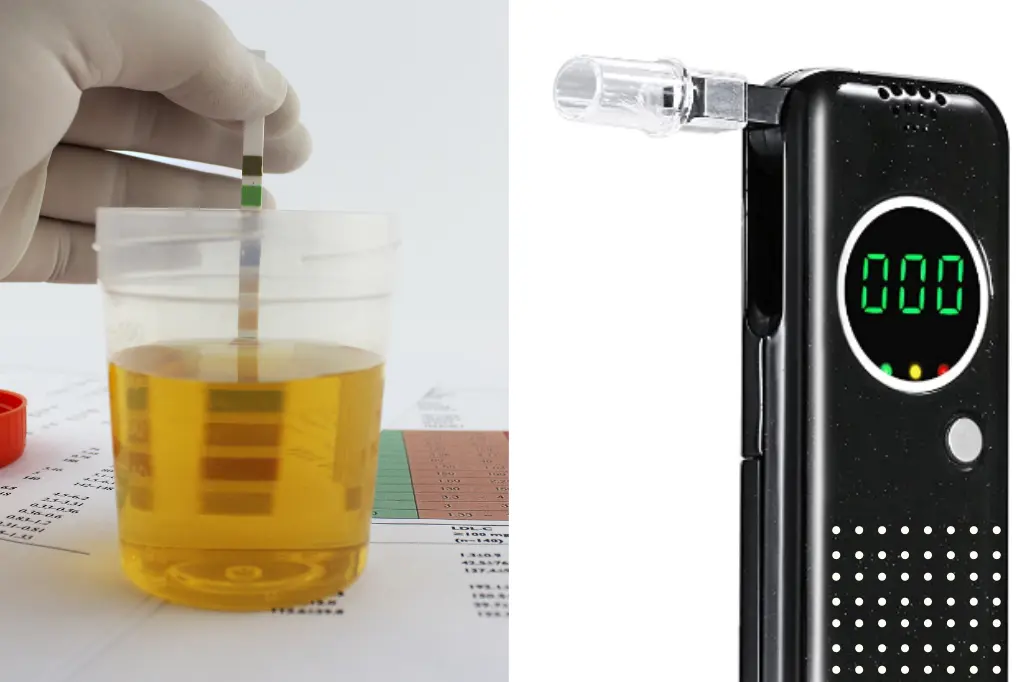
You can find out how many ketones you have in your body by looking at your blood, breath, or urine. The concentration of ketones in the blood is the best indication of ketosis.
A urine test is a quick, cheap, and accessible diagnostic method that may be done in your home. To find out how high your ketone levels are in your urine, use ideal ketone testing strips.
Do Not Fear Fatness
We have been told for decades that we must minimize the amount of fat in our diets. There isn’t much scientific evidence showing a link between saturated fat and heart disease.
However, the fear of fat may remain for many individuals. We need to consume the appropriate amount of fat to get over our concerns that eating fat will lead to obesity or that eating fat, in general, is harmful.
Adapt To Fat Slowly
When you initially begin consuming a low-carb diet, you may find that certain high-fat meals seem ‘very rich.’ Be patient. As you change your eating habits, your body and taste buds will get used to them.
Gradually increase your fat intake for at least a month until you can eat without feeling hungry. This will give your body some time to adapt to using fat instead of carbs for fuel.
A moment will come when you no longer feel as hungry. At this point, reducing the quantity of fat you consume may be helpful so that your body’s fat reserves may be metabolized more quickly.
Add Fat As Needed To Keep Things Going
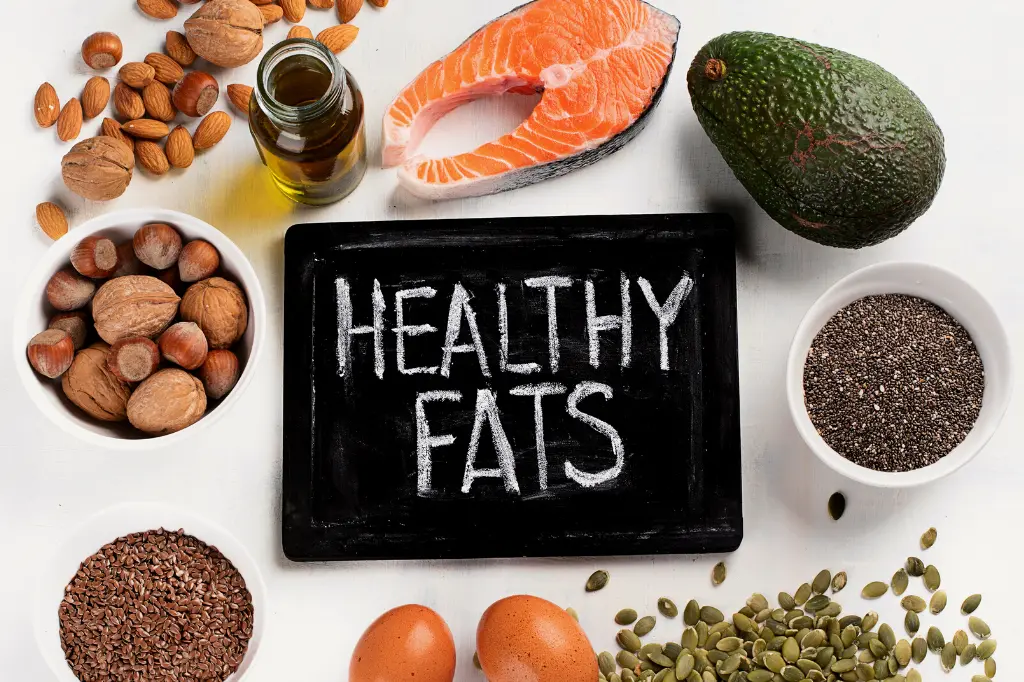
When you reach your goal of losing weight, you may not have access to the necessary fat stores to maintain a calorie deficit regularly. Pay attention to the signals that your body sends you about hunger.
Now is the time to make a slow but steady adjustment in the quantity of fat. The purpose is to get to a point where you can maintain a healthy weight without feeling hungry.
Fat Is Required For Energy
‘Can you eat too much fat on a ketogenic diet?’-is a severe concern for keto dieters. On a low-carb diet, you must replace the calories you once obtained from carbohydrates with fat-rich foods. The ketogenic diet requires that these calories come from fat. If you do not consume enough fat and carbohydrates, you are not consuming enough calories.
Even if you attempt to reduce weight, your body still needs sufficient calories and energy to operate. If you do not consume enough calories, your metabolism may decrease because your body lacks the energy to sustain it.
Which Fats Are To Be Avoided?
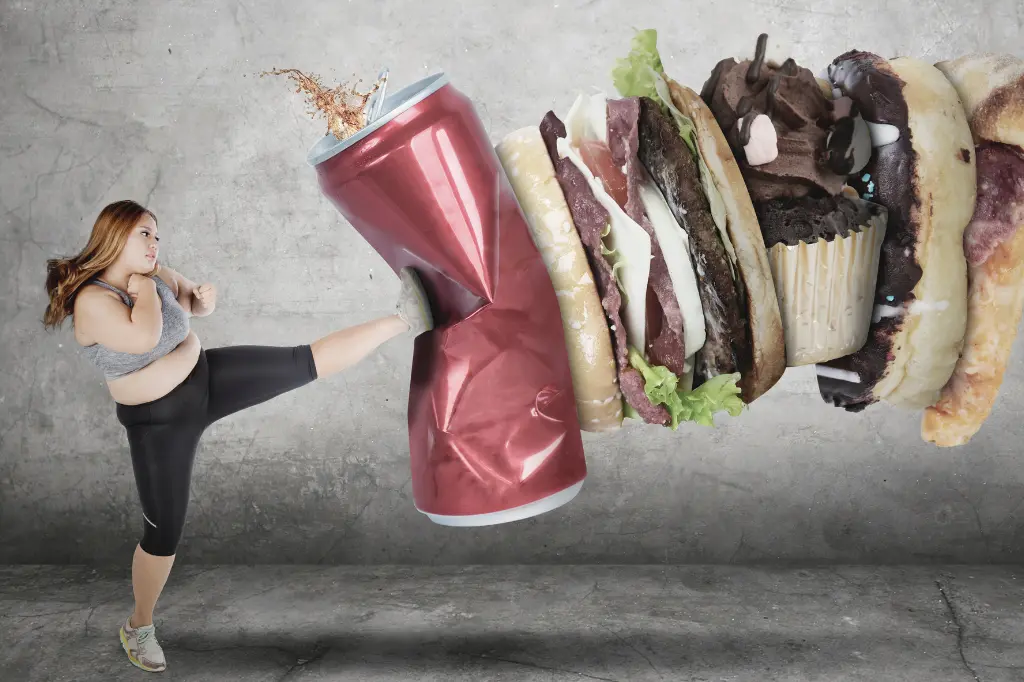
Some fats should be avoided on a ketogenic diet. These include processed meats, artificial trans fats, and fried meals. Some frozen meals, such as sausages, hotdogs, and hamburger patties, are often high in trans fat and other chemicals that may not be healthy. It might lead to other health complications.
Each day, you should consume relatively few calories from meals that contain fats. Check the nutritional content of meals before purchasing if you want to ensure that you are consuming the right sorts of fats. If there is no information on the container, you may check online or download helpful applications to examine the foods you consume.
The Dangers Of Not Getting Enough Fat While On Keto
On a ketogenic diet, consuming an abundance of fats is essential. If you want to reduce weight, you should consume more fats. When severely reducing the number of carbohydrates in your diet, you must ensure that your body creates sufficient energy.
Fats are essential to your diet if you want to feel satisfied. They may make you feel full, so you can more easily manage your food intake. On the keto diet, it is crucial to consume enough fat, but you must also consume the right fats and avoid consuming too much fat.
On the keto diet, you will feel hungrier if you do not consume enough fat. If you consume the incorrect meals, you will lose out on the advantages of healthy fats in the right foods.
How To Get Sufficient Fats On A Ketogenic Diet?

For your keto diet to be balanced, you must consume sufficient fat. Depending on your source, you may be advised to consume between 60 and 80 percent of your daily calories from fats.
In contrast, the number of carbs that should make up a person’s diet should be between 5 and 10%. The amount of protein should be between 10 and 20%. This implies that the majority of your calories should come from healthy fats. If you consume 2000 calories per day, this corresponds to a maximum of 165 grams of fat.
Why Should You Be Worried About Your Fat Intake?
According to the American Heart Association, saturated fats, such as butter, fatty meat, and certain oils, should be reduced to fewer than 13 grams daily. The reason is that they may increase the risk of heart disease.
According to research published in the Journal of Investigative Dermatology, some partly synthetic fats, such as coconut oil and fish oil, in combination with omega-3 fatty acids, may raise the risk of inflammation, particularly in the skin. It also states that fats such as olive oil, salmon, nuts, and avocado are safe.
Consume A Sufficient Quantity Of Protein
The most effective method for reducing hunger is to consume an adequate quantity of protein. If you are on a very low-carbohydrate diet but have stopped losing weight or feel hungry, you might want to look at how much protein you are eating.
You should not eat more than 75 grams of protein per day while on a keto diet. More may be required if your exercise routine includes weight lifting and your goal is to increase muscle mass.
Frequently Asked Questions
1. How much fat is excessive on a ketogenic diet?
Popular ketogenic sites advocate that dieters should consume 70-80% fat. If it exceeds, then different health issues can pop up.
2. Is it necessary to consume a lot of fat?
You must consume approximately 165 grams of fat in a daily 2000-calorie diet. The actual amount can vary based on individual requirements. It is not wise to consume a lot of fat on a keto diet.
3. Can you eat excessive fat that leads to weight gain?
Overconsumption of fat during diet will result in weight gain or difficulties losing weight.
4. Should I prioritize eating more protein or more fat during a ketogenic diet?
A healthy ketogenic diet will include 5-10% carbs, 15-20% protein, and 70-80% fat to give your body the energy it needs to function throughout the day. You must ensure the percentage of carbs, fat, and protein while on a keto diet.
5. What happens if you do not consume enough carbohydrates on keto?
You might face health issues if you do not consume enough carbs on keto. Low blood sugar, or hypoglycemia, occurs when glucose levels in the blood fall below the normal range (70-99 mg/dL). Then the body enters a state called ketosis, where fat is used as an energy source. Hunger is a common sign of hypoglycemia.
6. What happens if I do not consume sufficient fat on the keto?
Consuming sufficient fat can help you feel full for a more extended period. As a macronutrient, it has a higher caloric density and a slower digestion rate than others. However, if you consume too much protein and not enough fat, your body may be left in an energy limbo.
7. How do I increase fat intake while on the keto diet?
You have to add homemade cheese to your veggies if you want to increase your fat intake. After that, you can make some fat bombs to increase fat intake on the keto diet. You can also pick proteins with a lot of fat.
8. What are some indications that you are consuming too much fat when on a ketogenic diet?
The answer honestly relies on the specific varieties. The American Heart Association recommends keeping your daily intake of saturated fats (found in butter, red meat, and certain oils) to fewer than 13 grams.
Final Thoughts
The idea of the keto diet suggests that you have to have low carbs and eat a lot of fats. However, it would be best if you did not consume excessive fat. You have to maintain the guidelines that the keto diet experts suggest. You must not exceed 60%-80% of fat intake if you do not want to face the consequences.
I hope you clearly know “can you eat too much fat on a ketogenic diet” from this article. I wish you the best of luck. Have a pleasant journey on the keto diet!
